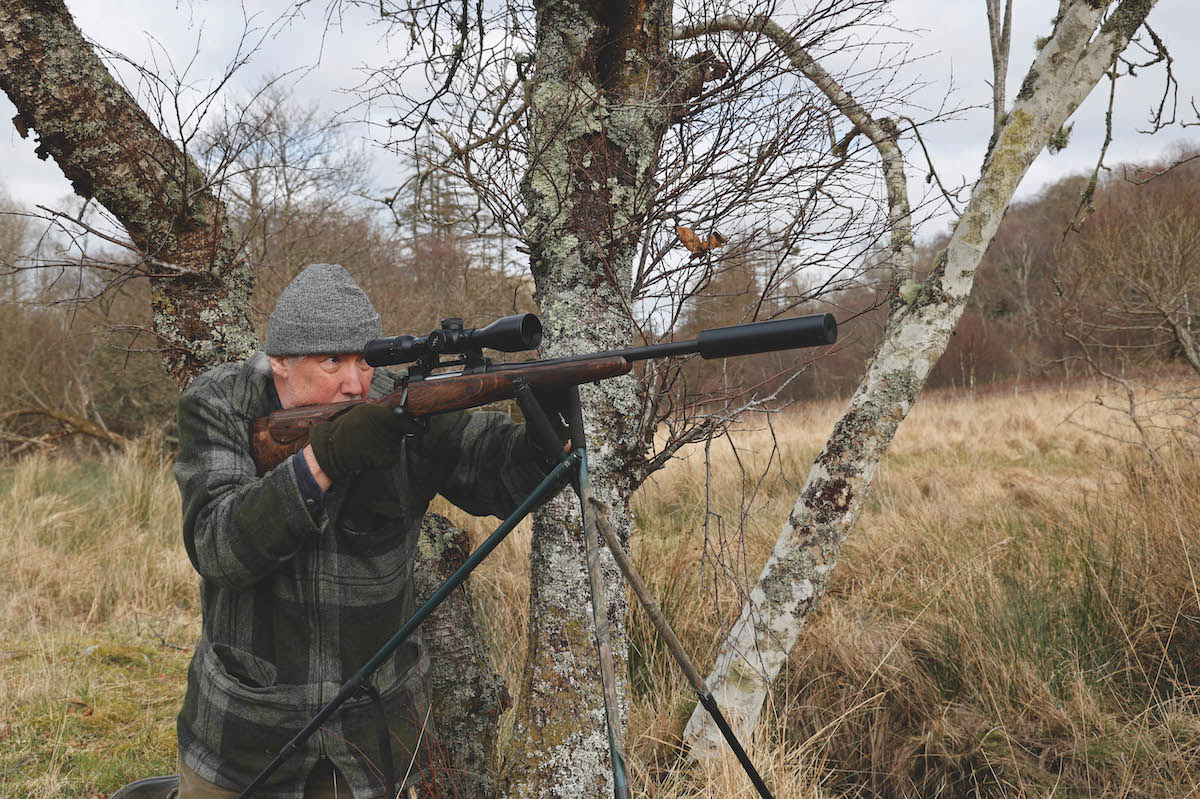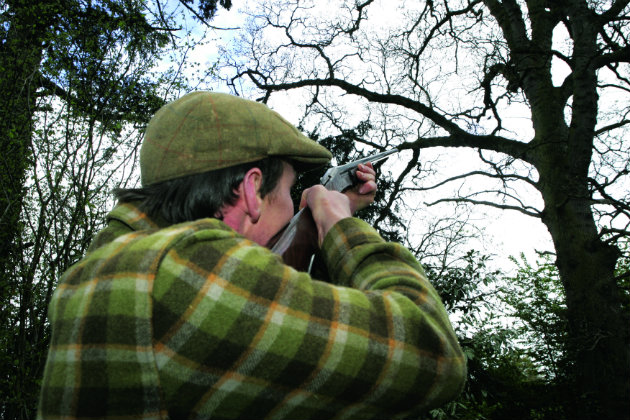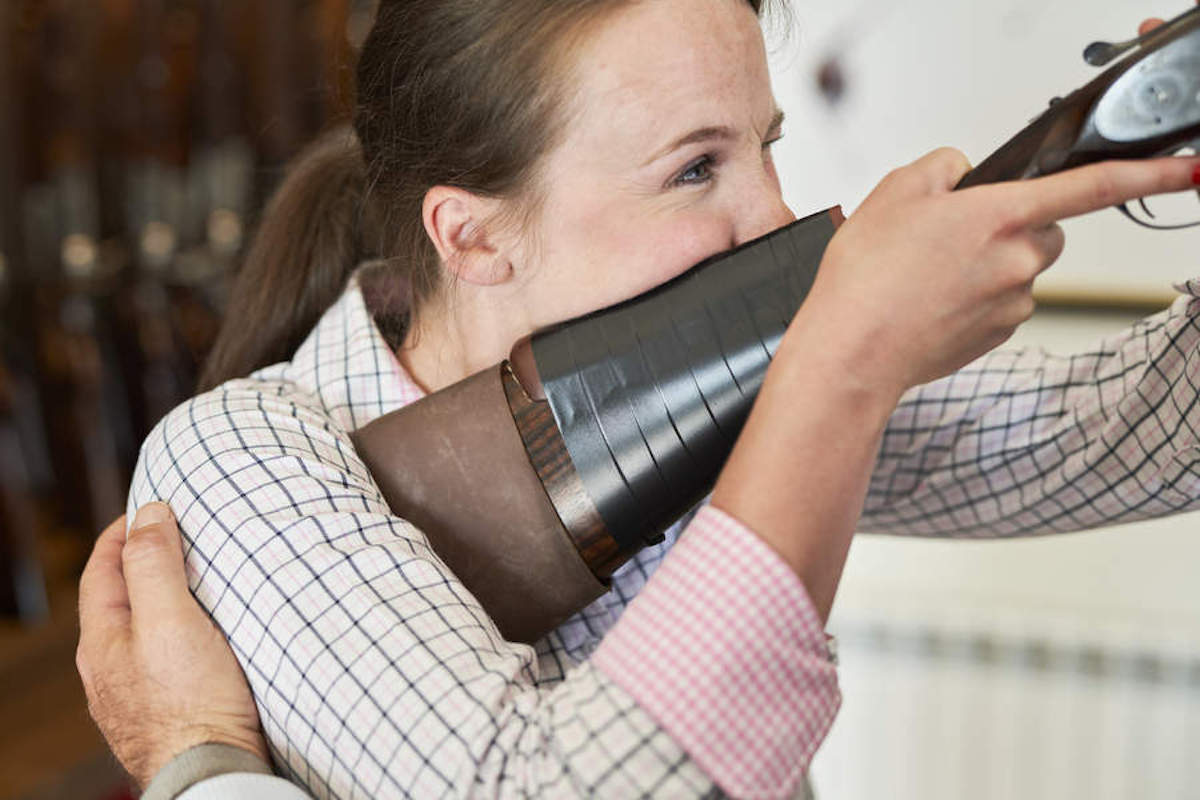Could ancient hedges have served any function where roe deer are concerned?
Saxon charters for the area describe extensive hedges running for miles, with occasional gates or stiles; features that have a resemblance to later deer parks and, if fallow had then been present, could have served to control them for hunting. Could these vast hedges have served any function where roe are concerned?
A:
Your scholarship will enable you to trace the connection between haga and the medieval deer hayes; hedges to assist the driving of deer into toils (nets) or enclosures where they could be slaughtered.
A royal appointment, the Yeoman of the Toils, would have been responsible for producing deer for hunting or to furnish the royal table.
Current thinking is fallow were introduced by the Normans and would not have been present in Saxon times. Roe may have been relatively numerous, but were not highly regarded, being deprived of protection under the Forest Law in the 14th century.
Red deer are the likeliest species involved, if indeed this was the reason for the hedges. If they ran for miles their purpose may have had more to do with improving hunting than providing meat. It is unlikely the Saxons would have done more than hunt roe for meat and would not have enclosed them.
Roe and red deer bones have been found in Saxon digs, but no fallow.








